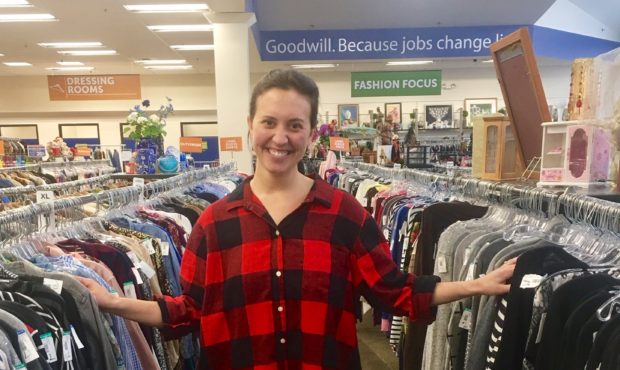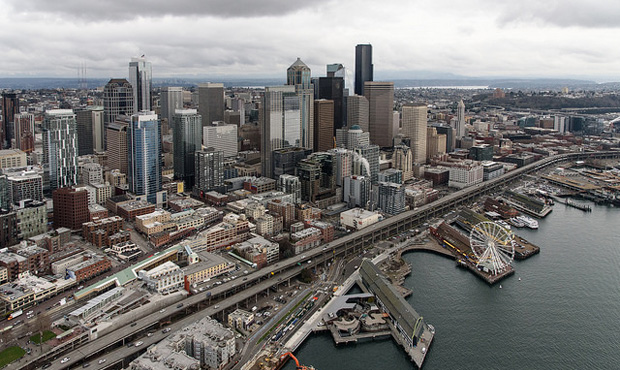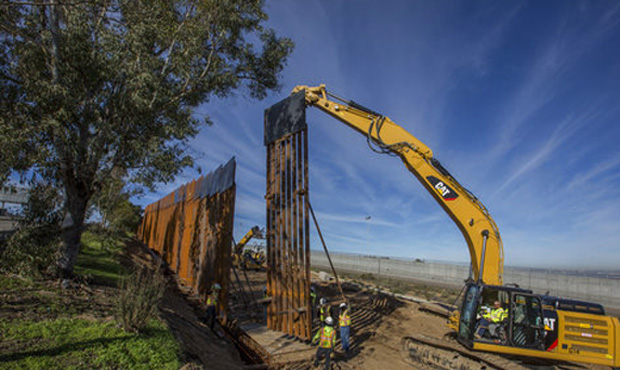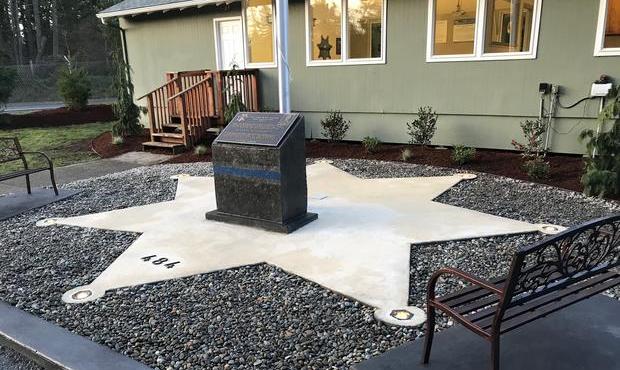Is your neighborhood making you depressed? Urban planning can influence your health
Feb 25, 2016, 6:06 PM | Updated: Feb 26, 2016, 8:19 am

Studies find that the style of buildings and the amount of greenery on a city block can make a difference in the emotional and physiological health of people walking by. (Photo by Neil Kremer/Creative Commons)
(Photo by Neil Kremer/Creative Commons)
When I walk from my house down to the farmer’s market, I don’t take the fastest or most direct route. The most efficient route is down a busy street, vibrating with traffic, with uninteresting architecture. Instead, I go out of my way to walk down a residential street, with busy, colorful front yard gardens and neat rows of brick Tudors and craftsman homes.
Apparently this is better for my health.
Colin Ellard is a cognitive neuroscience professor at the University of Waterloo in Canada. He studies how urban design affects health.
Related: Doctors are prescribing cooking classes
“We wire people up with some devices that measure stress levels, we can measure their states of physiological arousal, we measure their heart rates, sometimes their brain waves, body temperature,” he says. “At the same time, we have them carry smartphones that we programmed that ask them questions related to the things they’re seeing. And then we take them for a walk.”
They walk through whatever city they’re in, and they simply observe the buildings and landscape they’re in.
Ellard breaks down landscape types by complexity. A low-complexity landscape might be a long, stark, unbroken facade in front of a big, corporate building, like a bank. High complexity offers lots of architectural variety, quirky mom-and-pop shops, and lots of greenery.
“What we’re finding is the low-complexity environments tend to produce boredom,” Ellard says. “People really don’t like them, people tend to behave differently in front of them. They tend to speed up when they’re walking through one of these areas. In contrast, when you look at how people behave in front of a high-complexity facade, then people are happy, they’re engaged, they’re looking around. They’re much more likely to want to pause and dwell.”
Ellard says feeling bored and unstimulated by a blah city block is actually bad for you.
“They produce stress,” Ellard says. “We generate stress hormones like cortisol that has been related to a number of different kinds of diseases, cardiac diseases, for example. So we know that high levels of cortisol make us less healthy. So if you put all of that together, what it means is, when you’re thinking about how to design a streetscape in a city, it’s something that goes beyond actual aesthetics. I think that it’s a matter of public health to design a city right.”
You may have heard it before, but adding plants and greenery makes a huge difference.
“When you immerse people in a natural setting, you get this immediate and very deep relaxation response from people,” Ellard says. “It changes the way your body works, it slows down your heart, it reduces those levels of cortisol. It makes you feel happier, it makes your mind work differently. It makes you pay attention to the world in a different way. What’s really important for people to understand is we don’t have to go off on a trekking holiday in the deep woods to experience those kinds of effects. You can get them from a brief exposure to nature in an urban setting, so a walk through a community garden.”
He says there’s a direct causal relationship between city greenery and lower crime rates, and people generally being kinder to each other.
Back to the architecture, when I asked Ellard why old brick buildings are more pleasing to my eye, and soul, than modern ones made with large unbroken materials, he said it’s because the pattern of bricks mimic what we see in nature. Think of a fern frond, and how its shape repeats many times in a single plant.
“That, we know, is one of the most important elements that produces this kind of pleasing relaxation response to nature,” Ellard says. “Essentially that’s how our brains recognize that we’re immersed in nature. I think it’s deep, I think it goes back to our evolutionary roots and the reasons why we gravitate to natural settings in our lives, whenever we can.”
Ellard says they don’t have enough data to know if the stress levels experienced by people when they walk by an unappealing facade is fleeting or long-lasting. But if you’re walking past the same displeasing facade every day, he imagines it’s the latter.













